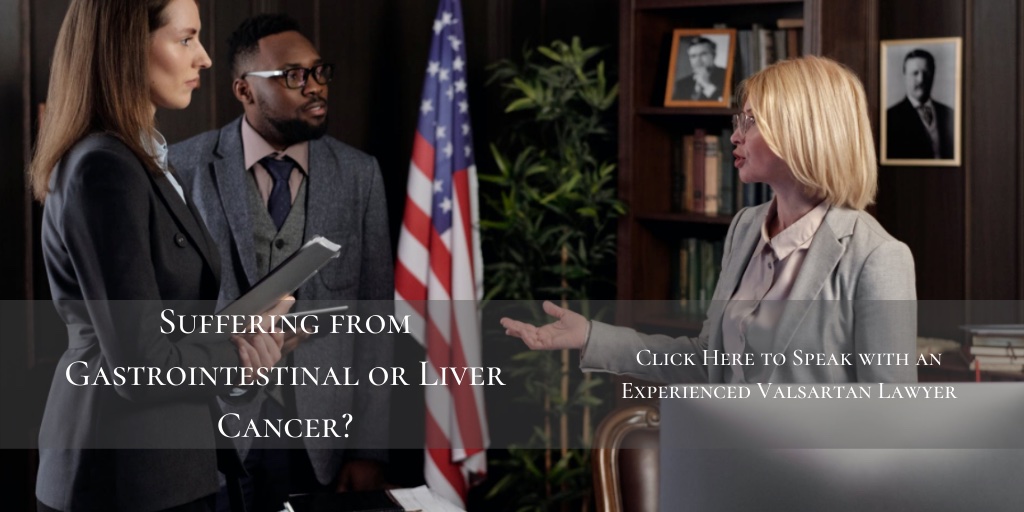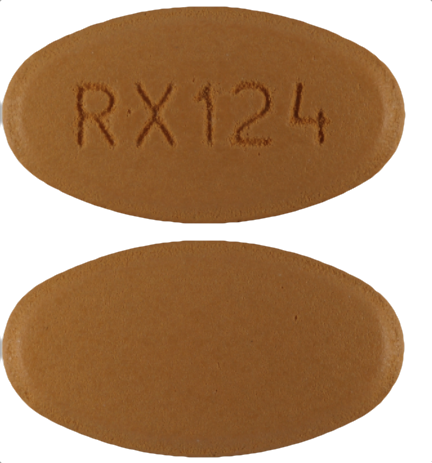Updated December 17, 2020
Valsartan is a medication that is part of a broader class of drugs known as Angiotensin II Receptor Blockers (“ARBs”). Originally, Valsartan was marketed in the United States under the brand name Diovan, although it is now widely available in its generic format. It is usually prescribed as part of a regimen to combat high blood pressure and hypertensive disorders. However, it can also be used to combat issues associated with Chronic Kidney Disease (CKD) and End-Stage Renal Disease (ESRD) in patients suffering from type-2 diabetes.
ARBs like Valsartan are very popular and have been prescribed to millions of Americans over the years. The medical community considers Valsartan to be a valuable tool to help combat a range of cardiovascular and other maladies frequently associated with type-2 diabetes.
Very recently, however, Valsartan’s generally unblemished reputation has come under intense scrutiny after certain batches of generic medication were found to be contaminated with N-Nitrosodimethylamine (NDMA), an extremely potent carcinogen. It is believed that improper manufacturing processes at plants in Zhejiang, China, and Telangana, India, are to blame for the NDMA contamination. These factories were outsourced by generic drug manufacturers to maximize the profitability of their brands and operated with little or no oversight or monitoring for safety and quality. Consequently, contaminated medications made their way through the supply chain and into batches circulated through the United States, Canada, and Europe.
As a result, in 2018, the U.S. Food and Drug Administration (FDA) began a series of voluntary recalls and alerted consumers and the medical community to be alert about contamination that may have already made it onto the market.
Drugs and Manufacturers Subject to the FDA Recall
It is very important to remember that not every batch of Valsartan was contaminated with NDMA. On certain batches and certain manufacturers were subject to testing and recall. Some of the manufacturers included on the FDA recall list include:
- Teva Pharmaceuticals (Major Pharmaceuticals on the label)
- Prinston Pharmaceutical, Inc. (Solco Healthcare, LLC on the label)
- Mylan Pharmaceuticals, Inc.
- RemedyRepack, Inc.
- Teva Pharmaceuticals USA/Actavis
- Torrent Pharmaceuticals Limited
- AvKare (Teva/Actavis)
- A-S Medication Solutions, LLC
- Bryant Ranch Prepack, Inc.
- NuCare Pharmaceuticals, Inc.
- H.J. Harkins Company, Inc.
- PharmaPac
- Hetero Labs, Inc.
- Preferred Pharmaceuticals, Inc.
- Northwind Pharmaceuticals, Inc.
- Aurobindo Pharma USA, Inc.
The complete list of recalled batches and manufacturers can be found here.
What is the Cancer Risk from NDMA Contamination?
NDMA is an organic chemical that is listed by the International Agency for Research on Cancer (IARC) as a group 2A carcinogen, meaning it is likely to cause cancer in humans because research has shown it to cause cancer in animals. In animal studies, NDMA has been shown to be acutely toxic to rats and even short bursts of exposure can lead to multiple organ damage in other animals. NDMA can occur both in nature or as the result of industrial manufacturing processes.
With that in mind, the FDA has offered some perspective on the risk associated with contaminated ARBs. In its updated announcement, the agency estimated that if 8,000 patients took 320mg of valsartan (the highest dose) contaminated with NDMA, there may be one additional cancer case during the lifetimes of those patients. The estimate is based upon average impurity levels in a single tablet of valsartan.
Additionally, the risk for developing certain types of cancer in humans can be attributed to a number of factors: genetic predisposition; environment; smoking, drinking, and eating habits; and obesity. It is, therefore, difficult to pin the risk for a specific type of cancer on NDMA contamination in Valsartan.
How Can I Tell if I Have a Recalled Batch of Valsartan?
Consumers can search the FDA’s Valsartan recall website here to find out which lot numbers were impacted by the recall as well as read the FDA’s official announcement. Next, they will want to look at their own drug containers to see if there is information indicating that they are part of a recalled lot.
Bottles and Vials:
Drug bottles will usually have a lot number printed next to the expiration date, either next to the barcode or underneath the dosing instructions.
Blister Packs:
Medication in blister packs will usually have the lot numbers and expiration dates printed on the foil side of the backings.
Cream and Gel Tubes:
Expiration dates and lot numbers on medications sealed in tubes, such as creams and gels, will usually be positioned at the end furthest from the cap – near what is called the “crimp”.
What Should I Do if I Have Recalled Valsartan?
If you believe you have contaminated or recalled Valsartan, you should immediately contact your physician. Make sure you have your packaging and prescription information ready for them in case he or she asks for it.
Your physician will be able to give you guidance on what next steps to take to replace your medication as well as discuss any symptoms you may be experiencing. Furthermore, your physician can give you advice on how to properly dispose of any contaminated medication.
Sources Cited (13):
1) “Search List of Recalled Angiotensin II Receptor Blockers (ARBs) including Valsartan, Losartan and Irbesartan” https://www.fda.gov/drugs/drug-safety-and-availability/search-list-recalled-angiotensin-ii-receptor-blockers-arbs-including-valsartan-losartan-and
2) “FDA Updates and Press Announcements on Angiotensin II Receptor Blocker (ARB) Recalls (Valsartan, Losartan, and Irbesartan)” https://www.fda.gov/drugs/drug-safety-and-availability/fda-updates-and-press-announcements-angiotensin-ii-receptor-blocker-arb-recalls-valsartan-losartan#:~:text=Teva%20is%20recalling%20all%20lots,N%2DNitrosodiethylamine%20(NDEA).
3) Use of N-nitrosodimethylamine (NDMA) contaminated valsartan products and risk of cancer: Danish nationwide cohort study” https://www.ncbi.nlm.nih.gov/pmc/articles/PMC6134800/#:~:text=Valsartan%20is%20an%20angiotensin%20II,treat%20hypertension%20and%20heart%20failure.&text=In%20July%202018%2C%20some%20valsartan,N%2Dnitrosodimethylamine%20(NDMA).
4) “FDA Expands Valsartan Products Recall” https://www.pharmacytimes.com/resource-centers/cardiovascular-health/fda-expands-valsartan-products-recall
5) “Valsartan, Losartan & Other BP Med Recalls 2018-19” https://www.webmd.com/hypertension-high-blood-pressure/valsartan-losatran-bp-med-recalls-2018-19
6) “NDMA, a contaminant found in multiple drugs, has industry seeking sources and solutions” https://cen.acs.org/pharmaceuticals/pharmaceutical-chemicals/NDMA-contaminant-found-multiple-drugs/98/i15
7) “What We Know about the Possible Carcinogen Found in Zantac” https://www.scientificamerican.com/article/what-we-know-about-the-possible-carcinogen-found-in-zantac/
8) “Does NDMA Cause Cancer?” https://www.verywellhealth.com/ndma-cancer-risk-5083965
9) “N-Nitrosodimethylamine” https://pubchem.ncbi.nlm.nih.gov/compound/N-Nitrosodimethylamine
10) “Use of N-nitrosodimethylamine (NDMA) contaminated valsartan products and risk of cancer: Danish nationwide cohort study” https://www.ncbi.nlm.nih.gov/pmc/articles/PMC6134800/
11) “A survey of feeding N-nitrosodimethylamine (NDMA) to domestic animals over an 18 year period” https://pubmed.ncbi.nlm.nih.gov/7228298/
12) “Dietary intakes of nitrate, nitrite and NDMA in the Finnish Mobile Clinic Health Examination Survey” https://pubmed.ncbi.nlm.nih.gov/8799716/
13) “Inflammatory bowel disease stimulates the formation of carcinogenic N-nitroso compounds” https://www.ncbi.nlm.nih.gov/pmc/articles/PMC1774505/



